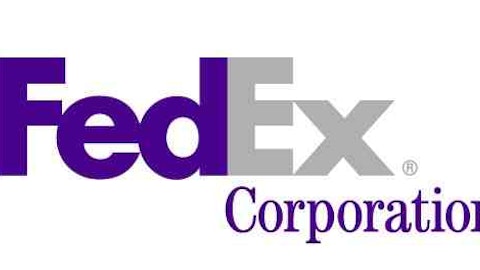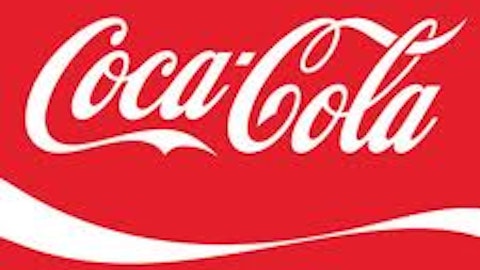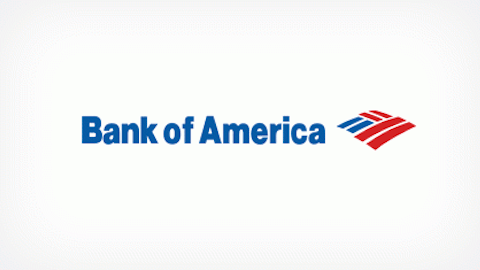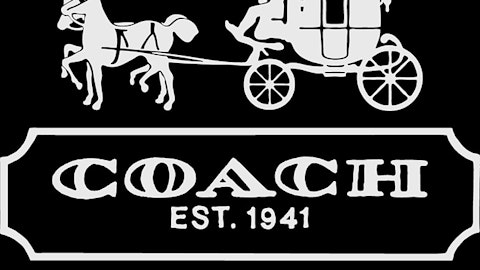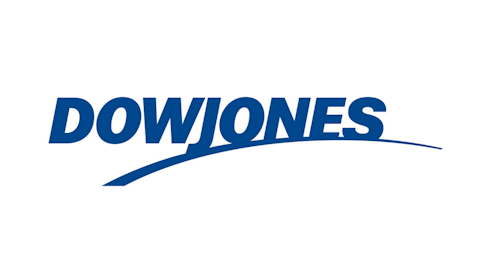On this day in economic and financial history…
The Dow Jones Industrial Average (INDEX:.DJI) has enjoyed two major milestones on Feb. 13. The first was one of its largest gains of all time, and the second was its first close above 7,000 points. One was a good omen for the year to come, but the other was merely a speed bump on a rocky road to the bottom of a bear market.
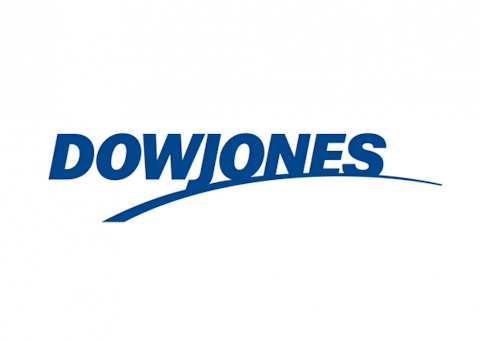
The Dow’s first milestone, a 9.2% one-day gain, occurred on Feb. 13, 1932. Wall Street participants were taken rather by surprise, as this huge rise was only two days removed from a 9.5% gain in the index (both spurred by rumors of looser Federal Reserve policy) in the middle of the worst multiyear bear market in the Dow’s history. This rally, despite its smaller percentage gain, was sharper in to a shortened weekend trading schedule that compressed the violent upswing into a two-hour period. An estimated $4 billion was added to the overall market’s value — the most since the previous October — and the volume of 2.6 million shares was the highest since May of 1930. By comparison, the market had gained roughly $3 billion on similar volume two days earlier over the course of a full trading day.
The New York Times recorded a yearly high for 100 major stocks, which came in addition to strength on the commodity, international, and bond markets. The Glass-Steagall bill was the unfolding saga of the day, but this was not the familiar banking-regulation law that controlled the financial industry for decades after the Great Depression. This Glass-Steagall was its legislative predecessor, which was to pass later in the month and which was the first bill in U.S. history to allocate currency not backed by gold to the Federal Reserve, with the intent of fighting rampant deflation. The Washington Post gleefully needled market bears over the rise, cheering Glass-Steagall’s “powerful antideflation tonic” that “painfully pinched” short-sellers. AT&T Inc. (NYSE:T) “struck terror to the hearts of the bears” by again leading the parade of big-name gainers with an incredible rise of more than 12%. Union Pacific Corporation (NYSE:UNP) managed to best that with a near-17% gain in just two hours.
Those bears would have the last laugh, however. Even though the Dow had already fallen 77% from its 1929 highs, there would still be another 52% decline in store from Feb. 13’s closing price. The Dow would not put that level behind it for good until the summer of 1934, more than a year into President Franklin D. Roosevelt’s first term in office.
Up, up, and away for the dot-com-era Dow
Exactly 65 years after its monster dead-cat bounce, on Feb. 13, 1997, the Dow crashed through the 7,000-point barrier for the first time in its history. That day, CNNMoney attempted to put things into perspective by noting that “the Dow [had] knocked off four 1,000-point milestones in just two years, surpassing 6,000 only four months ago and 4,000 two years ago.” That day, 590 million shares exchanged hands — a 22,600% increase in volume (and an 8,100% increase in value) from 1932’s big day. Investors in 2013 would feel right at home in 1997’s rally, which was fueled in part by a big drop in bond interest rates and further supported by lower-than-expected initial jobless claims.
Five months later, the Dow breached another 1,000-point milestone, and just more than two years later it would reach 11,000 points — its dot-com-era high. However, it took more than a decade for the Dow to double from 7,000, which finally occurred at the top of the subprime bubble in 2007.
